A lush, thriving garden doesn’t just happen—it starts with healthy, nutrient-rich soil. While commercial fertilizers are widely available, they often contain synthetic chemicals that can harm beneficial soil organisms and the environment. The good news? You can make effective, organic fertilizers at home using simple kitchen scraps and natural materials. These homemade solutions provide essential nutrients, improve soil health, and promote sustainable gardening. In this article, we’ll explore six organic fertilizers you can make at home, how to prepare them, and the benefits they bring to your garden.
1. Compost
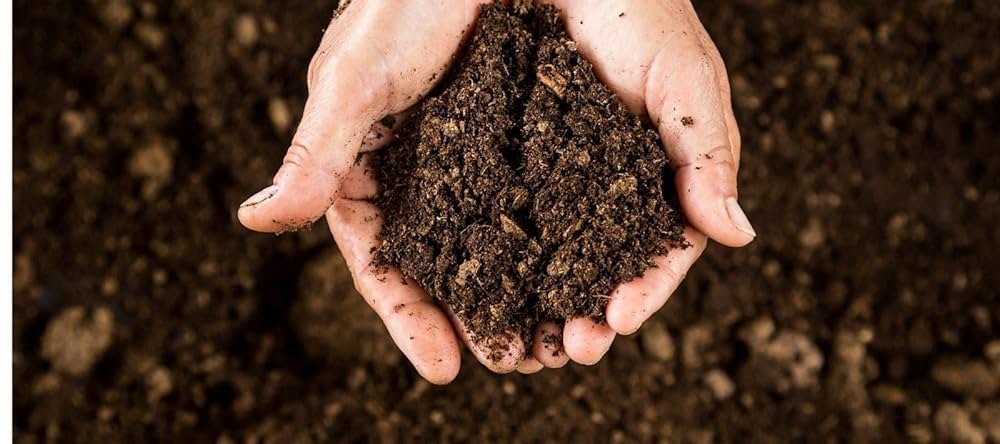
Compost is perhaps the most well-known organic fertilizer. It’s created by decomposing kitchen scraps and yard waste into nutrient-rich humus that enriches the soil.
How to Make Compost:
- Collect kitchen scraps (vegetable peels, fruit scraps, coffee grounds) and yard waste (leaves, grass clippings).
- Layer “green” materials (high in nitrogen) with “brown” materials (high in carbon) in a compost bin.
- Keep the pile moist and aerate by turning it regularly.
- Within a few months, it will break down into dark, crumbly compost ready for use.
Benefits:
- Adds essential nutrients to the soil.
- Improves soil structure and moisture retention.
- Supports beneficial microorganisms that help plants thrive.
Tips: Chop larger scraps into smaller pieces to speed up decomposition.
2. Vermicompost (Worm Castings)
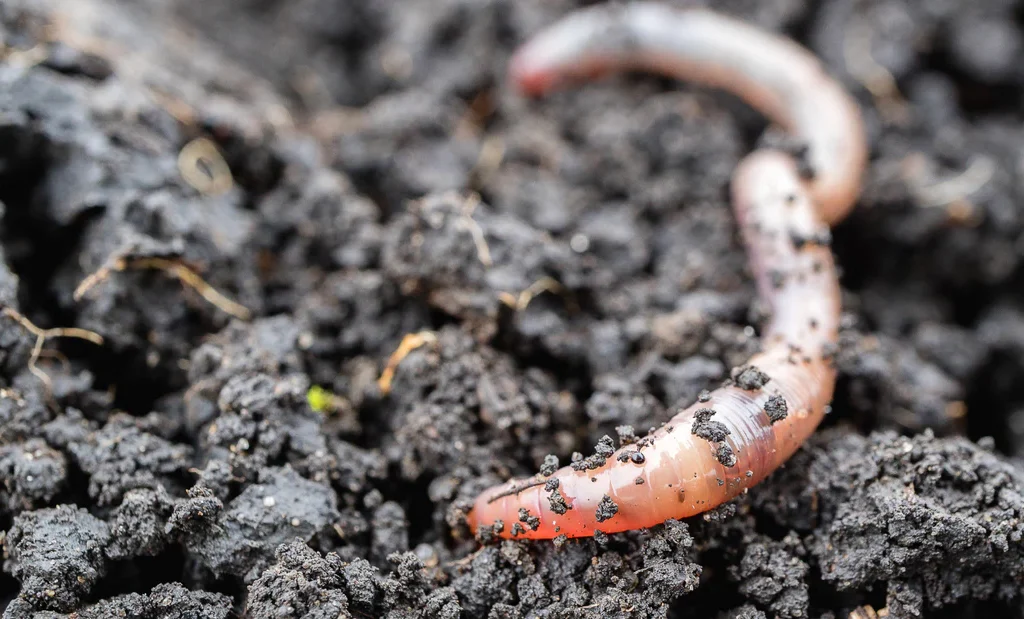
Vermicompost is made using worms, typically red wigglers, which digest kitchen scraps and produce nutrient-rich castings. This fertilizer is excellent for improving soil fertility and plant growth.
How to Make Vermicompost:
- Prepare a worm bin with bedding such as shredded newspaper, coconut coir, or cardboard.
- Introduce red wiggler worms and feed them fruit and vegetable scraps.
- Harvest worm castings after a few weeks and apply directly to your garden soil.
Benefits:
- Rich in nitrogen, phosphorus, and potassium.
- Promotes strong root development.
- Enhances soil microbial activity.
Tips: Avoid feeding worms citrus, onions, or meat scraps as they can harm the worms.
3. Banana Peel Fertilizer
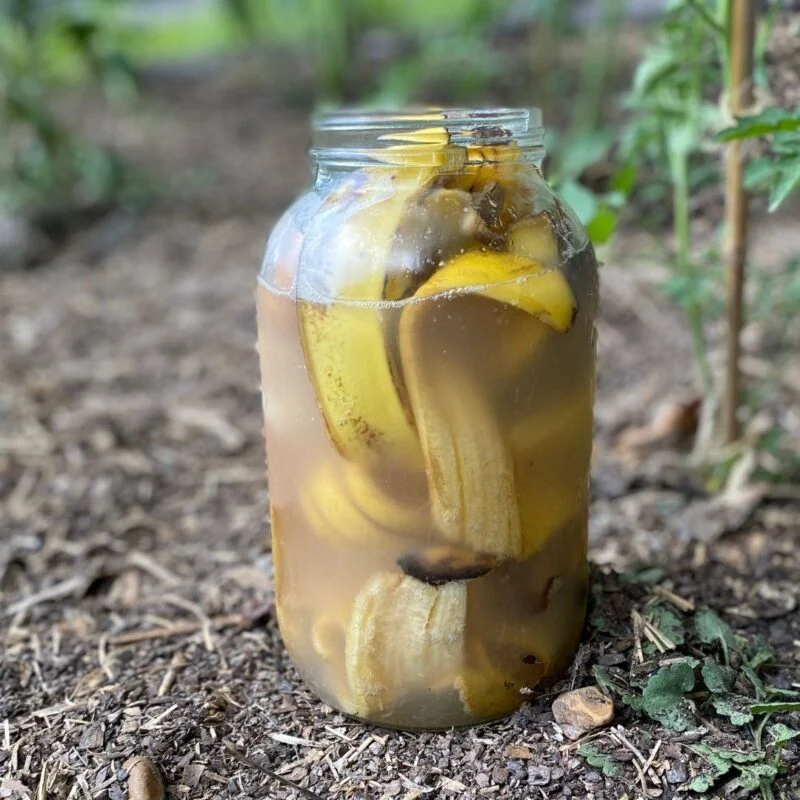
Banana peels are an excellent source of potassium, phosphorus, and calcium, all of which are essential for healthy flowering and fruiting.
How to Make Banana Peel Fertilizer:
- Chop banana peels and bury them near the base of your plants.
- Alternatively, blend banana peels with water to create a liquid fertilizer.
Benefits:
- Encourages flower and fruit production.
- Strengthens plant roots.
- Naturally enriches the soil with nutrients.
Tips: Avoid overusing banana peels as too much potassium can imbalance soil nutrients.
4. Coffee Ground Fertilizer
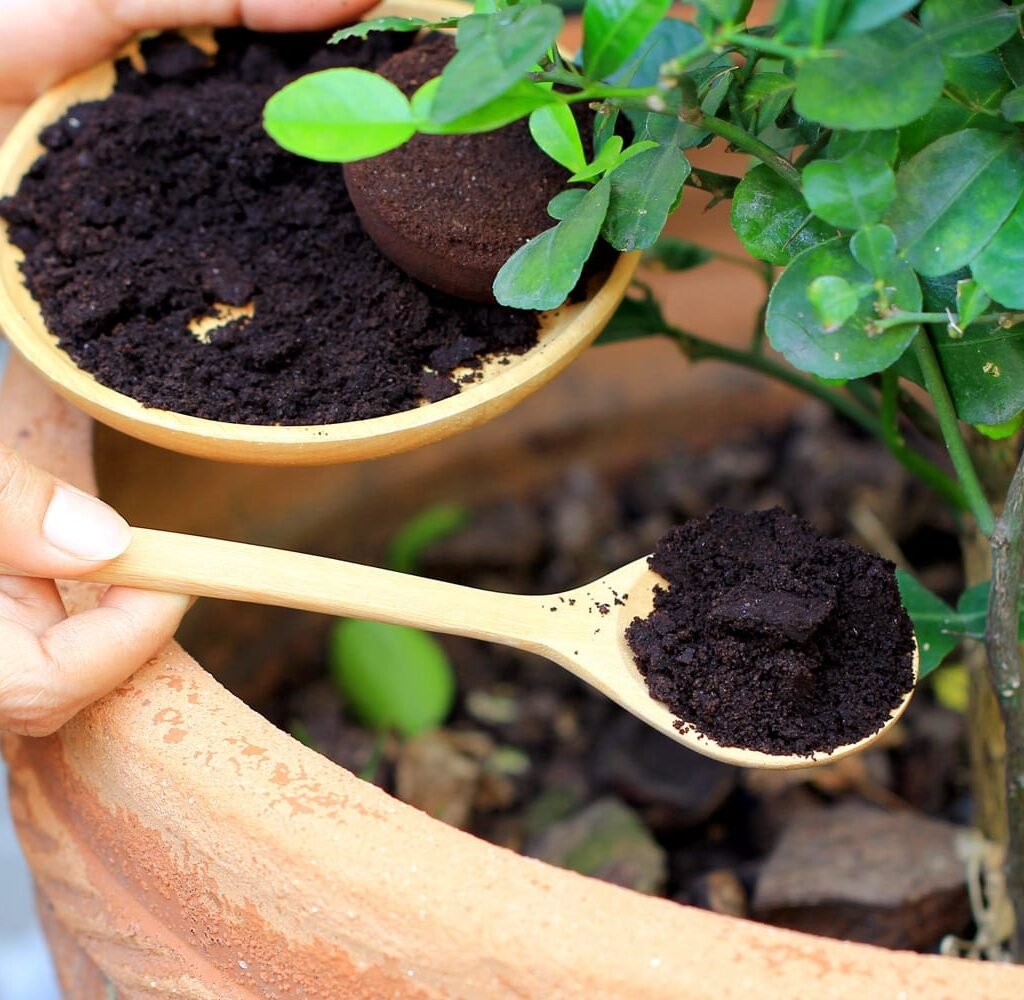
Used coffee grounds are a great source of nitrogen, making them ideal for acid-loving plants such as tomatoes, azaleas, and blueberries.
How to Use Coffee Grounds:
- Sprinkle used coffee grounds directly onto the soil.
- Mix into compost to boost nitrogen content.
- For liquid fertilizer, steep coffee grounds in water for 24 hours and use the solution to water plants.
Benefits:
- Adds nitrogen for leafy growth.
- Improves soil structure and drainage.
- Attracts earthworms, which further enrich the soil.
Tips: Use in moderation; too much coffee can make the soil overly acidic.
5. Eggshell Fertilizer
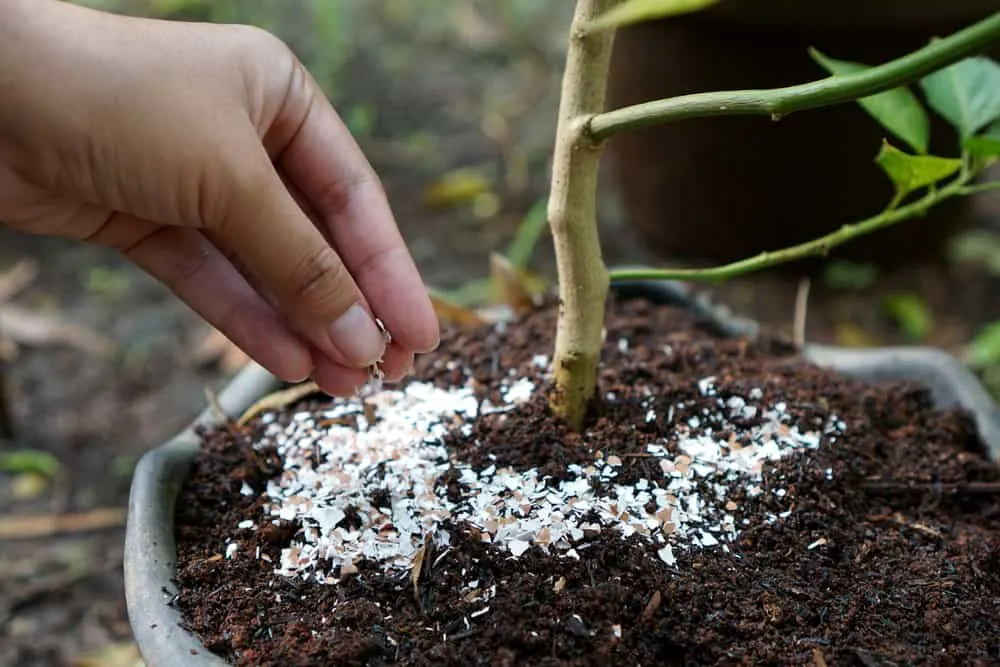
Eggshells are rich in calcium, which is critical for preventing blossom end rot in plants like tomatoes, peppers, and eggplants.
How to Make Eggshell Fertilizer:
- Rinse and dry eggshells to remove any residue.
- Crush into a fine powder using a mortar and pestle or blender.
- Sprinkle the powder around the base of plants or mix it into the soil.
Benefits:
- Provides a slow-release source of calcium.
- Strengthens plant cell walls.
- Improves soil structure over time.
Tips: Save eggshells from multiple meals to create enough for seasonal use.
6. Molasses Fertilizer
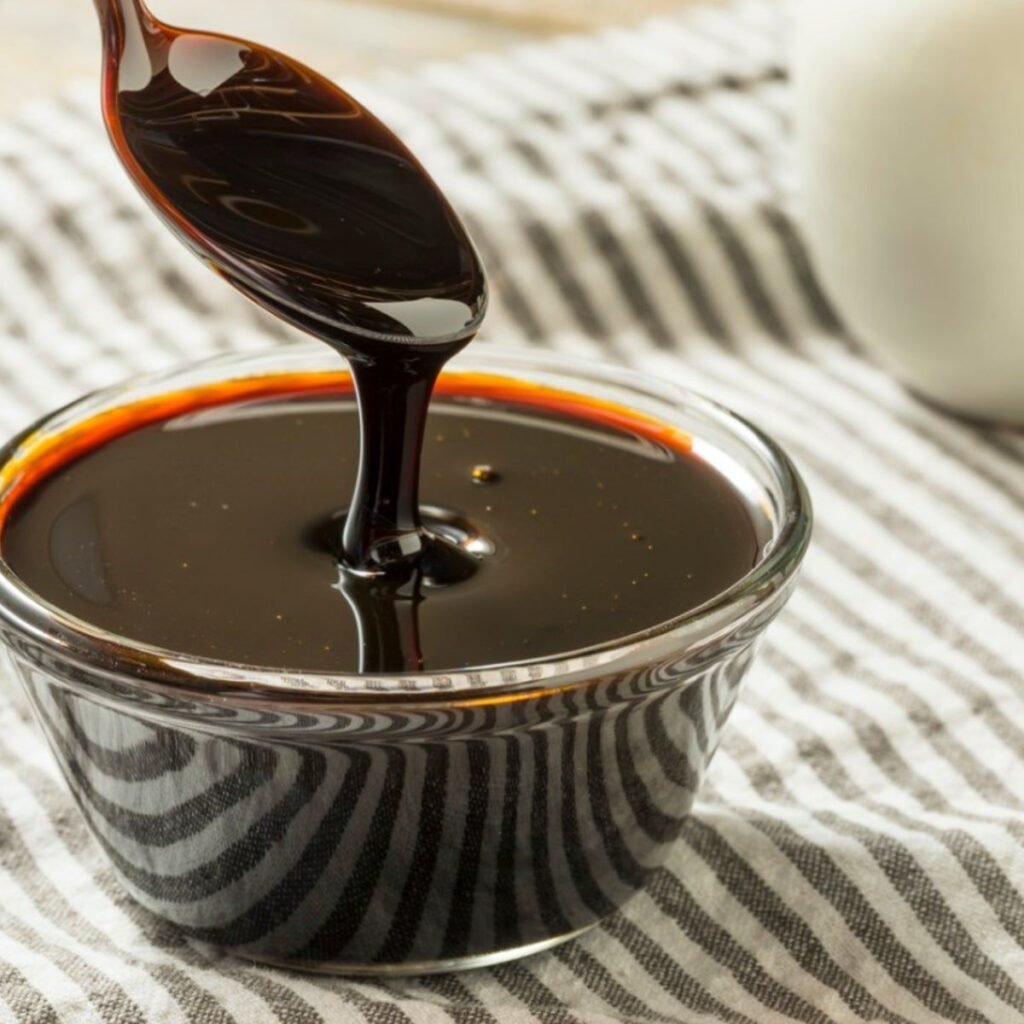
Molasses is a sugar-rich solution that feeds beneficial soil microbes, helping them break down organic matter and release nutrients for plants.
How to Make Molasses Fertilizer:
- Mix 1–2 tablespoons of molasses in one gallon of water.
- Apply the mixture to the soil around your plants every few weeks.
Benefits:
- Stimulates microbial activity in the soil.
- Enhances nutrient availability.
- Improves soil structure and moisture retention.
Tips: Use blackstrap molasses for the highest nutrient content. Avoid over-application, as too much sugar can attract pests.
Tips for Using Homemade Organic Fertilizers
- Apply in moderation: Even natural fertilizers can harm plants if overused.
- Combine fertilizers: Mixing compost, worm castings, and kitchen scraps ensures a balanced nutrient supply.
- Apply during active growth: Fertilize during spring and summer when plants are actively growing.
- Observe plant response: Adjust quantities based on plant health, leaf color, and growth patterns.
- Avoid harmful items: Do not include meat, oily scraps, or diseased plant matter in organic fertilizers.
Benefits of Using Homemade Organic Fertilizers
- Eco-Friendly: Reduces reliance on chemical fertilizers that can harm the environment.
- Cost-Effective: Uses everyday kitchen scraps and waste materials.
- Nutrient-Rich: Supplies a wide range of nutrients naturally.
- Promotes Soil Health: Supports beneficial microbes and improves soil structure.
- Sustainable: Encourages recycling of household and garden waste.
By using these homemade fertilizers, you not only nourish your plants but also contribute to a healthier, more sustainable garden ecosystem.
Conclusion
Creating your own organic fertilizers at home is both practical and environmentally friendly. From compost and worm castings to kitchen scraps like banana peels, coffee grounds, eggshells, and molasses, these natural fertilizers provide essential nutrients that help plants thrive. They improve soil fertility, encourage microbial activity, and strengthen plant growth—all without the harmful effects of synthetic chemicals.
Whether you are a beginner gardener or an experienced green thumb, experimenting with these six organic fertilizers allows you to recycle kitchen waste, save money, and grow healthier, more vibrant plants. Start making your homemade fertilizers today, and watch your garden flourish naturally.
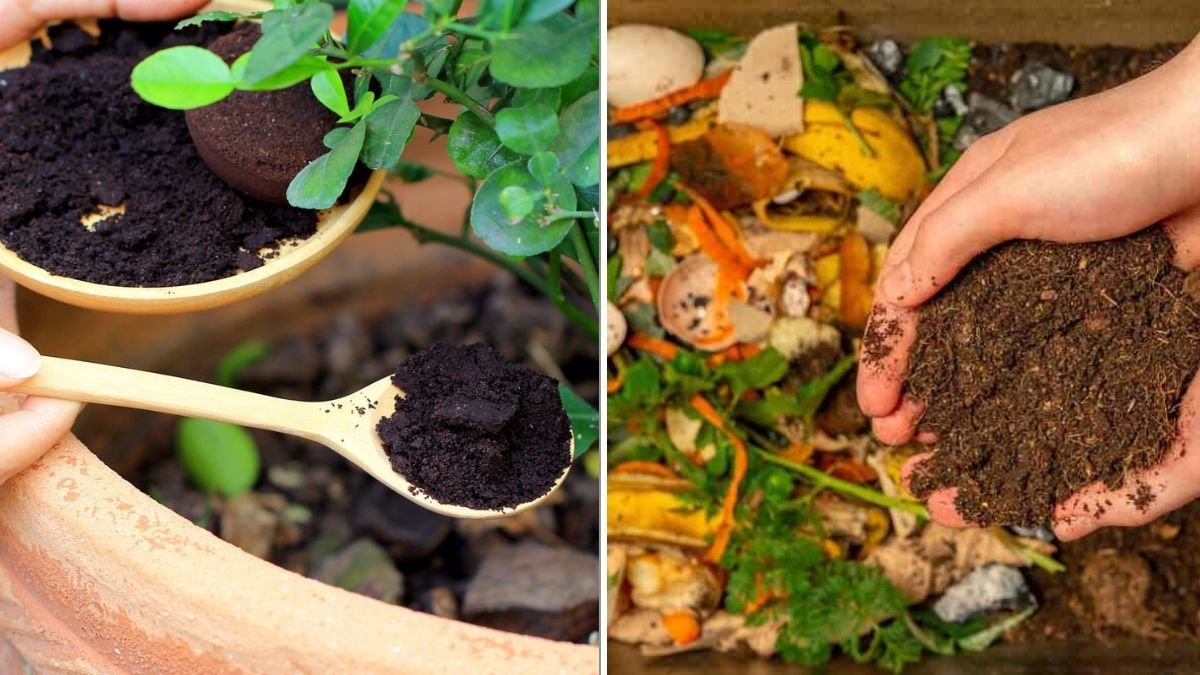





Leave A Comment